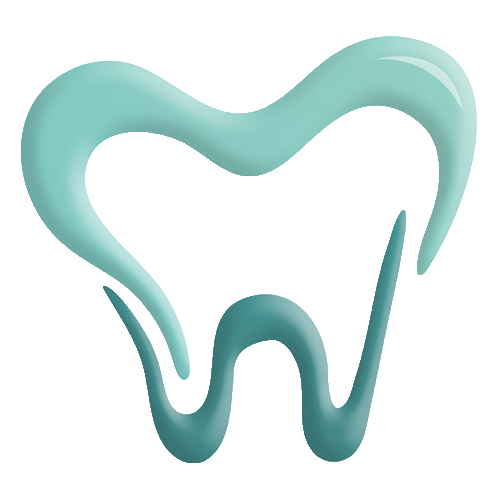The ABC of PPE in the Dental World
We are living in unprecedented times since the COVID-19 pandemic spread across the world just a couple of months ago. Infection control protocol in the dental office has completely changed due to the many unknowns of the novel coronavirus. Today, Personal Protective Equipment (PPE) is commonplace in all dental offices, but it wasn’t always that way. Just 40-50 years ago dentists used to do their work with bare hands and no masks.
What is Personal Protective Equipment (PPE)?
PPE is used to protect the skin and mucous membranes (such as the mouth, eyes and nasal passages) from exposure to infectious materials in spray and spatter (dental aerosol). It can also protect the eyes from flying chunks of materials. It should be used in the dental operatory whenever any dental treatment is being completed by a dentist, hygienist or dental assistant. Usually, PPE is removed once leaving the work area.
Masks, Protective Eyewear and Full Face Shields:
Masks, eyewear and protective face shields are all types of PPE. Today, instead of a surgical mask, a N95 respirator or higher is required (if available) to minimize the risk of contracting the COVID-19 virus. Also, the use of protective eyewear (goggles or loupes with solid side shields) and a full-face shield should be worn if dental aerosols will be produced. These three items are meant to protect the mucous membranes of the eyes, nose and mouth of the healthcare provider. A mask/N95 respirator should be changed if it becomes wet or stained or after each patient if necessary. Protective eyewear and face shields should be sanitized with hospital grade disinfectant after each use.
Protective Clothing:
Isolation gowns or long lab coats should be worn to protect a practitioner’s skin and clothing. If a disposable gown is used, it should be removed and thrown away if it is wet or stained. When using a lab coat or reusable gown, it should be removed after treatment and left in the work area. All protective barriers must be removed when leaving the work area. It should then be laundered on the premises or sent out for laundry service.
Gloves & Hand Hygiene:
Proper hand hygiene is key in all healthcare, especially dentistry since the mouth is a super dirty place filled with bacteria. Dental healthcare providers should always wash their hands with medical grade antimicrobial soap for at least 20 seconds before donning a set of gloves.
There are many types of gloves on the market, including latex, nitrile and chloroprene. Due to latex allergies developing after long term use of latex gloves, I totally eliminated the use of them in my office years ago. Nitrile gloves are a great option for PPE. I personally prefer chloroprene gloves, since they have protective qualities of nitrile gloves with the comfort of latex gloves. It’s simply the best of both worlds for me a dentist – I am able to treat my patients with the gentlest touch!
Surgical Caps & Shoe Covers:
Since dental aerosol can fly into the air, it is advisable for the dental healthcare practitioner to now also wear a surgical cap to protect the head, hair and ears. Shoe covers also ensure that the aerosol will not get into the fabric of the shoes either. Ideally it is recommended that work shoes stay at work and never come home. The shoe covers help ensure the shoes stay clean.
Here at PDC we have implemented the use of all of these new PPE guidelines as put forth by the ADA, CDC and OSHA. In fact, we have changed our entire infection control protocol because the safety and health of our patients and staff is our priority.
Remember, if you’re sick or feeling under the weather, it’s better to call your dental office and reschedule your dental appointment for a later date. Stay healthy and stay safe!
Toot-a-loo,
Melisande J. Wolff, DMD, FAGD

